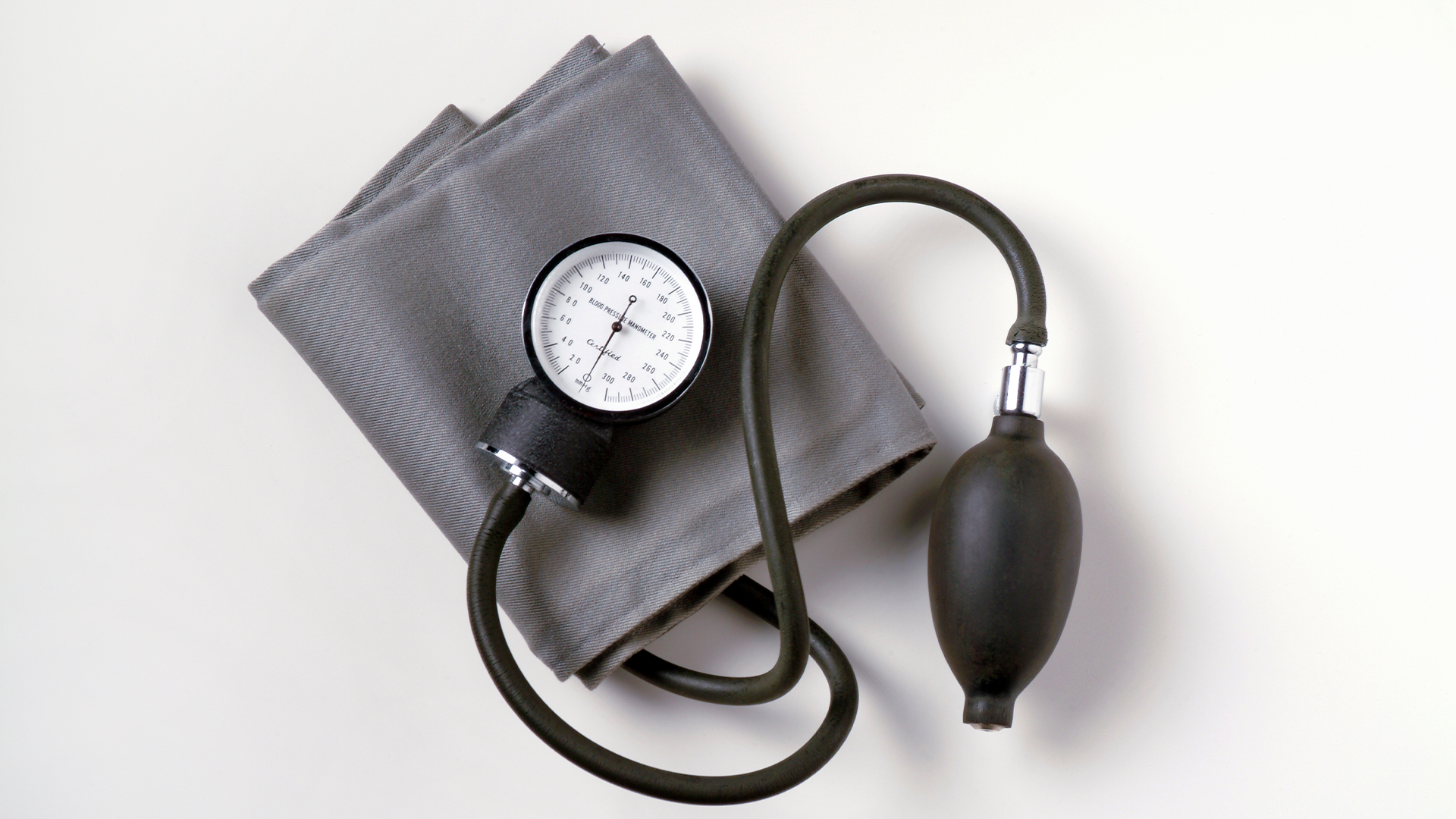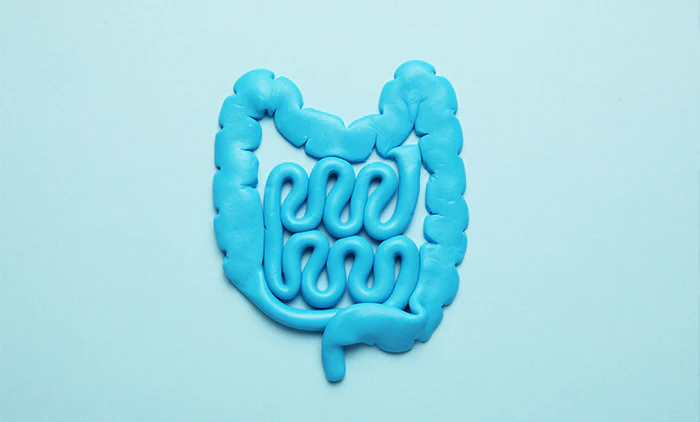Grab your cheat sheet |
Having high blood pressure can be worrying. But the good news is that there are plenty of ways to lower blood pressure without taking medication.
With a little understanding and a few lifestyle tweaks, you can bring your numbers down without the stress and struggle.
Knowing where to start can feel impossible when you’ve got a busy life, so we’re going to help you on your journey.
Read on to discover our 10 top tips for lowering blood pressure.
What is Blood Pressure?
Blood pressure is a measurement of the force exerted by the blood against the walls of the arteries as the heart pumps it around the body. It’s an essential indicator of cardiovascular health.

High blood pressure, or hypertension, can lead to health complications like heart disease, stroke, and kidney issues.
Getting your blood pressure under control will reduce your risk of health complications while boosting your mood and energy levels. It’s a win-win-win.
How to lower your blood pressure without medication
So, you know why it’s important, but how do you actually lower blood pressure and keep your heart healthy without taking medication?
Let’s take a look.
1. Know The Link Between Lifestyle and Blood Pressure
It’s no secret that our lifestyle choices impact every aspect of our health—blood pressure is no exception. By making conscious changes to your lifestyle, you can lower blood pressure and reduce the risk of health conditions like heart disease.
To tackle elevated blood pressure and bring those numbers down, you should focus on lifestyle areas, including:
Knowing the link between lifestyle and blood pressure will give you the best possible starting point for your journey. And we will tell you how to make the right tweaks to your lifestyle, starting with diet.
2. Tweak Your Diet To Lower Blood Pressure
Maintaining a healthy diet is key to managing your blood pressure levels. Here are some diet and nutrition tips that will keep your blood pressure in check:
Reduce Your Salt Intake
Eating too much salt (or sodium, if you’re being fancy) can elevate blood pressure. Consuming fewer salt-heavy processed and packaged foods can help to lower blood pressure.
Try more fresh homemade recipes, and not only will you get more nutrients, but you can control how much salt goes into your meals.
Eat More Potassium-Rich Foods
Did you know? Potassium helps counteract the effects of sodium on blood pressure.
So, weaving more foods like bananas, oranges, spinach, tomatoes, and potatoes into your diet will give you the potassium you need to avoid hypertension.
Go For Whole Grains
Whole grains such as brown rice, whole wheat bread, and quinoa are fiber-rich and can help lower blood pressure. These tasty superfoods will also keep your heart healthy.
Making tweaks to your diet can be overwhelming at first. But remember: balance is key and you are allowed to treat yourself.
Go at your own pace, and if you’re looking for inspiration, check out our guide to healthy 30-minute meals.
3. Do A Little Physical Activity To Manage Your Blood Pressure
Indulging in regular physical activity will help you maintain healthy blood pressure levels while reducing your risk of heart disease. And just 30 minutes a day will work wonders.

Don’t know where to start?
Here are a few feel-good exercises that you can fit into a hectic schedule:
- Swimming. Swimming is a fun, low-impact exercise that engages multiple muscle groups while going easy on the joints.
- Cycling. Cycling is not only a great way to stay fit, but it’s also an excellent cardiovascular exercise. Whether you’re cycling outdoors or working up a sweat on a stationary bike, you will feel amazing while keeping your heart healthy.
- Brisk walking. Walking is without a doubt, one of the best ways to stay fit and healthy. Just 30 minutes of brisk walking a day will keep high blood pressure at bay.
4. Try Blood Pressure Lowering Stress Management Techniques
Constant stress can contribute to high blood pressure. Trying stress management techniques can help lower blood pressure while improving your well-being. Here are a few practical tips that will help bring your stress levels down
- Deep breathing. Deep breathing exercises like diaphragmatic breathing or belly breathing can help activate the body's relaxation response, reducing stress and lowering blood pressure in the process.
- Meditation. Mindfulness meditation can help calm the mind, reduce stress, and lower blood pressure. Allocate a few minutes each day to sit quietly, be in the moment, and let go of stressful thoughts.
- Yoga. Yoga combines physical postures, breathing exercises, and meditation to promote relaxation and reduce stress. Regular yoga practice will improve your overall health, and the best thing is you can do it from the comfort of your own home.
5. Improve Your Sleep Habits To Fight High Blood Pressure
Sleep deprivation and poor sleep quality can contribute to high blood pressure. Here are some tips to improve your sleep habits:
- Establish a bedtime routine. Create a relaxing bedtime routine to tell your brain and body that it's time to wind down. Activities like reading a book, taking a warm bath, or practicing relaxation techniques will help you wind down before bedtime.
- Create a comfortable sleep environment. Make sure your bedroom is cool, quiet, and free from distractions. Invest in a comfortable mattress and pillows to promote better sleep.
- Limit screen time before bed. The blue light emitted by electronic devices can interfere with sleep quality. Avoid using screens like smartphones and laptops at least an hour before bedtime.
6. Reduce Your Alcohol Intake To Maintain Healthy Blood Pressure
Excessive alcohol consumption can lead to high blood pressure. alcohol intake. Here are some tips to help you moderate your alcohol intake and prevent elevated blood pressure:
- Know your limits. Understanding the recommended limits for alcohol consumption will help you moderate your drinking As a general rule of thumb, moderate drinking equates to up to one drink per day for women and up to two drinks per day for men.
- Try non-alcoholic alternatives. When socializing or celebrating, throw a few non-alcoholic alternatives including mocktails or alcohol-free beers, into the mix.
- Get the support you need. If you’re struggling to manage your drinking, there’s no shame in seeking help from support groups, professionals or counseling services. You can do it.
7. Understand The Impact Smoking Has On Blood Pressure
Quitting smoking is one of the biggest steps you can take to lower your blood pressure and improve your overall health. Here are some strategies to help you quit smoking once and for all:

- Set a quit date. Choose a date to quit smoking and stick to it. Having a specific goal can boost your motivation to quit.
- Seek support. Reach out to friends, family or support groups who can offer encouragement and understanding as you quit smoking. Consider joining smoking cessation programs or reaching out to helplines or online forums.
- Consider nicotine replacement therapy. Nicotine replacement, including nicotine patches, gum or inhalers, can reduce cravings and withdrawal symptoms as you quit smoking. Talking to your healthcare provider will help to determine your best option.
Quitting smoking is a real challenge, but the benefits are amazing. Again, you can do it.
8. Explore Alternative Therapies For Managing Your Blood Pressure
Alternative therapies can also play a role in managing your blood pressure.
While more research is needed to establish exactly how effective alternative therapies are for reducing hypertension, it’s certainly worth weaving some of these slightly more holistic approaches into your lifestyle.
Acupuncture, biofeedback, and trusted herbal supplements are alternative therapies that are linked to promoting a healthier, more balanced lifestyle.
Remember: alternative therapies shouldn’t replace conventional medical advice. That said, talking to your healthcare provider before trying any alternative therapies is always a good idea.
9. Regularly Monitor Your Blood Pressure Levels
Regularly tracking your blood pressure levels will help you take control of your health and make informed decisions to manage your blood pressure. Here are some tips:
- Use a home blood pressure monitor. Invest in a reliable home blood pressure monitor to check your blood pressure regularly. Follow the instructions provided with the device to ensure accurate readings.
- Take multiple readings. Take multiple readings at different times of the day to gain a true understanding of your blood pressure patterns. Record the readings in a journal or use a blood pressure tracking app.
- Share the readings with your healthcare provider. Share your blood pressure readings with your healthcare provider periodically so they can assess your progress or make necessary adjustments to your treatment plan.
10. Lose A Little Weight To Take Charge Of Your Blood Pressure
Did you know?
For every 2.2 pounds of weight lost, your blood pressure reduces by around 1/1 mm Hg.
Losing weight is the most effective way of fighting heart disease and high blood pressure. By making the right lifestyle changes and moving a little more, you will maintain healthy blood pressure numbers and feel good.
When you’re stressed, tired, and overstretched, keeping the pounds off can feel impossible. But, by taking small steps and making tweaks that fit with your lifestyle, you can (and will) lower your blood pressure while reaching your weight loss goals.
If you want to lose weight, PhenQ can help you boost your metabolism and suppress your appetite, helping you towards healthier goals, including lower blood pressure.


